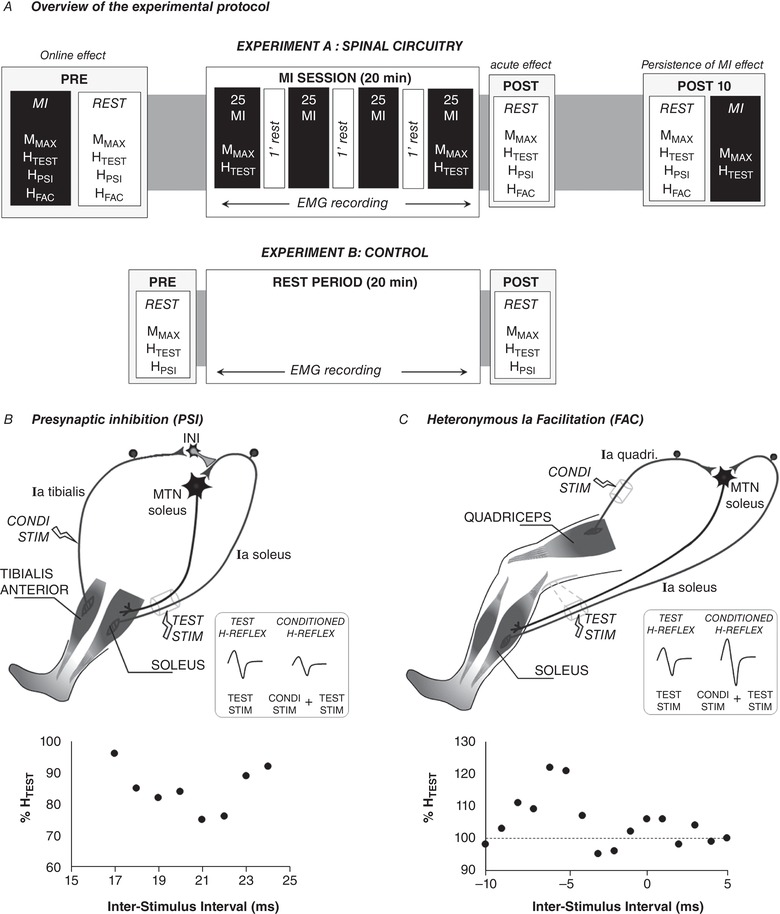Figure 1. Overview of the experimental protocol and illustrations of the inhibitory and facilitatory pathways of the soleus H‐reflex.

A, the main experiment (experiment A) was designed to assess (i) the online effect of MI in comparison to rest and (ii) the acute effects of a single MI training session. The second experiment (experiment B) was designed as a control condition that aimed at recording the responses before (PRE) and immediately after (POST0) a rest period of similar duration with MI training session. HFAC, H‐reflex conditioned by facilitatory pathway; HPSI, H‐reflex conditioned by presynaptic inhibitory pathway; HTEST, H‐reflex test; MMAX, maximal M‐wave. B, depiction of the neural networks inducing D1 presynaptic inhibition. The soleus unconditioned H reflex, labelled TEST H‐Reflex (HTEST), is elicited by electrical stimulation of the tibial nerve (TEST STIM). A prior conditioning stimulus (Condi stim) applied to the common peroneal nerve reduces the amplitude of the soleus H‐reflex (Conditioned reflex). The Ia afferent of the tibialis muscle connects to inhibitory interneurons that inhibit the Ia terminals of the soleus muscle. C, depiction of the neural networks inducing heteronymous Ia facilitation. A prior conditioning stimulus (Condi stim) applied to the femoral nerve increases the amplitude of the test H‐reflex. This facilitation is monosynaptic between the quadriceps Ia afferents (Ia quadri) and the motoneuronal pool of the soleus (MTN soleus). In B and C, graphs below illustrations depict plots of conditioned responses (as percentage unconditioned HTEST) as a function of the inter‐stimulus intervals for one representative participant. Each point represents an average value of 5 trials. Positive intervals represent conditioned stimulation evoked before the TEST STIM and negative intervals the conditioned stimulation evoked after the TEST STIM.
